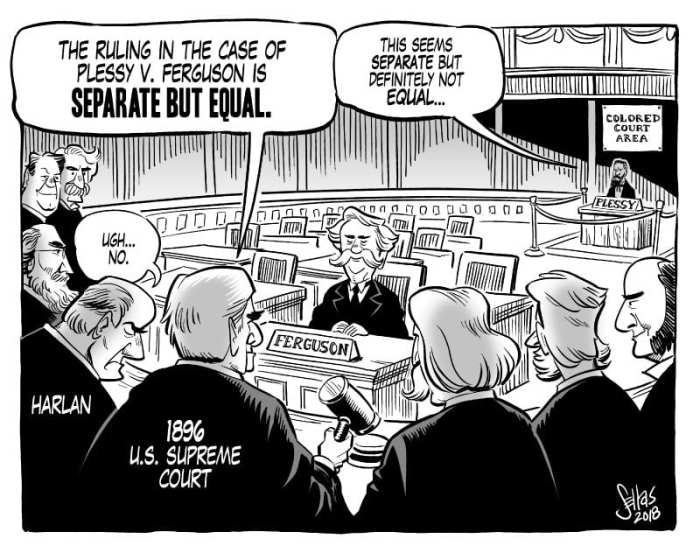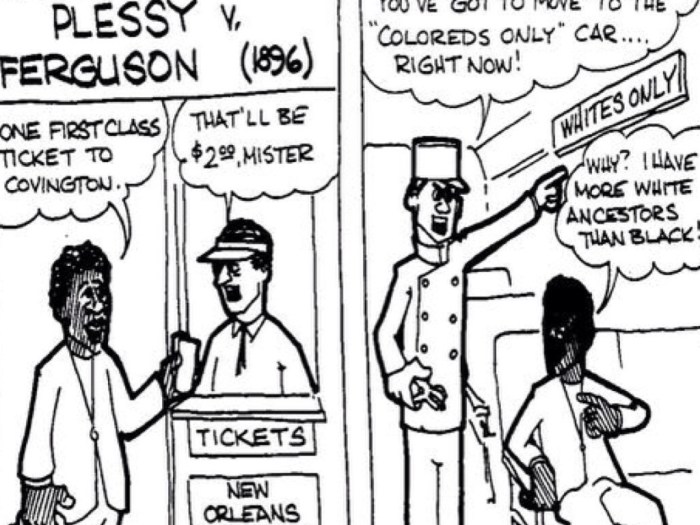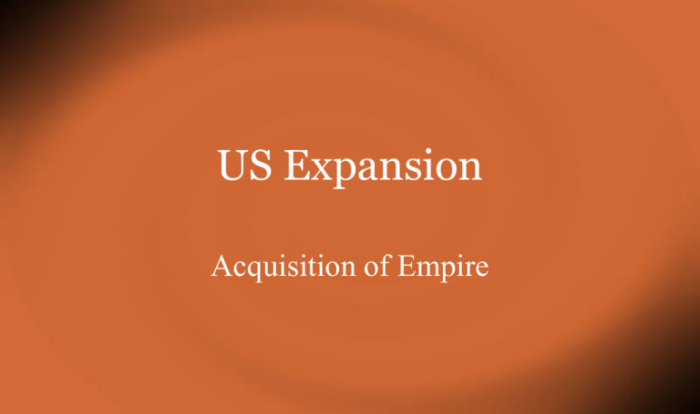Plessy v ferguson political cartoon – The Plessy v. Ferguson political cartoon, a powerful visual commentary on the landmark Supreme Court case, offers a unique lens into the complex social and political climate of the late 19th century. This iconic image captures the essence of the legal battle over racial segregation and its profound impact on American society.
The cartoon, published in 1896, depicts a train car divided into two sections labeled “White” and “Colored.” A Black man, representing Homer Plessy, is seated in the “Colored” section, while a group of white passengers, symbolizing the Supreme Court, looks on disapprovingly.
Historical Context: Plessy V Ferguson Political Cartoon

The Plessy v. Ferguson case was a landmark Supreme Court case that upheld the constitutionality of racial segregation. The case emerged amidst a complex social and political climate marked by the aftermath of the Civil War and the ongoing struggle for racial equality.
The 14th Amendment, ratified in 1868, played a significant role in the case. The amendment guaranteed citizenship and equal protection under the law to all persons born or naturalized in the United States. However, its implementation faced resistance and challenges, particularly in the Southern states.
The Case and its Ruling
In 1892, Homer Plessy, an African American man, purchased a first-class train ticket in Louisiana. When he refused to move to a segregated car, he was arrested. He challenged the law, arguing that it violated the Equal Protection Clause of the 14th Amendment.
The Supreme Court ruled against Plessy in 1896. The Court held that the “separate-but-equal” doctrine was constitutional. This doctrine allowed for the segregation of public facilities as long as they were “substantially equal” in quality.
The Political Cartoon

The political cartoon “The Supreme Court’s Decision in the Case of Plessy v. Ferguson” was published in the Chicago Inter Ocean newspaper on May 19, 1896, shortly after the Supreme Court’s ruling. The cartoon depicts a black man being led away in handcuffs by a white police officer, while a group of white people, including a judge, look on.
The cartoon’s symbolism is clear: the black man represents the African American community, while the white people represent the power structure that upholds racial segregation. The handcuffs symbolize the legal system’s role in enforcing segregation.
Interpretation and Analysis
The cartoon’s message is that the Supreme Court’s ruling in Plessy v. Ferguson was a setback for racial equality. The cartoonist suggests that the ruling will lead to increased segregation and discrimination against African Americans.
The cartoon reflects the widespread opposition to the “separate-but-equal” doctrine among African Americans and their allies. It also captures the frustration and anger that many felt in response to the Court’s decision.
Impact and Legacy

The political cartoon had a significant impact on public opinion. It helped to galvanize opposition to racial segregation and contributed to the growing movement for civil rights.
The cartoon’s legacy is still felt today. It remains a powerful reminder of the struggle for racial equality in the United States.
FAQ Explained
What is the significance of the Plessy v. Ferguson political cartoon?
The cartoon provides a powerful visual representation of the Supreme Court’s ruling in Plessy v. Ferguson, which upheld the constitutionality of racial segregation.
How does the cartoon reflect the social and political views of the time?
The cartoon reflects the widespread acceptance of racial segregation and the belief in the inferiority of Black people.
What is the legacy of the Plessy v. Ferguson political cartoon?
The cartoon continues to be used as a teaching tool to discuss the history of racial segregation and the ongoing fight for equality.


